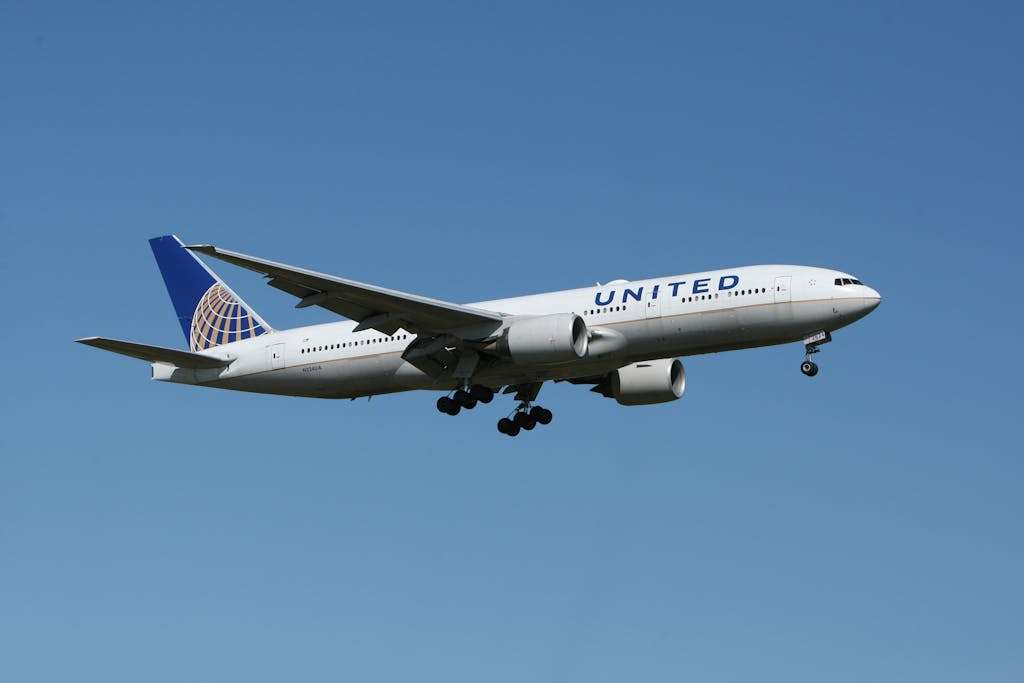United airlines flight ua770 emergency diversion
United Airlines Flight UA770 is a scheduled passenger flight operated by United Airlines, following strict aviation standards set by the FAA and company safety protocols. While commercial aviation is one of the safest modes of travel, emergencies can still arise. One such event—the United Airlines Flight UA770 emergency diversion—has drawn attention to the preparedness and professionalism that underpin modern air travel.
This article delves into what caused the emergency diversion, how the crew and passengers were impacted, and what lessons were learned from this critical event.
Table of Contents
- Overview of Flight UA770
- What Triggers an Emergency Diversion?
- Airline Preparedness for Emergency Situations
- The Flight Path of UA770
- Timeline of the Diversion Incident
- Passenger and Crew Reactions
- Technical and Regulatory Follow-Up
- Media Coverage and Public Response
- Key Takeaways from the Diversion
- Final Thoughts
What Is an Emergency Diversion?
An emergency diversion occurs when an aircraft must land at an alternate airport due to an urgent issue. Such situations can be caused by:

- Onboard medical emergencies
- Mechanical or technical failures
- Adverse weather conditions
- Security concerns
- Cabin pressure loss or fire warnings
In the case of the United Airlines Flight UA770 emergency diversion, a technical alert mid-flight required the aircraft to deviate from its original path for safety reasons.
How Airlines Handle Emergency Diversions
United Airlines and other major carriers follow detailed protocols in such situations. These include:
- Immediate communication with air traffic control
- Identifying the nearest safe airport
- Notifying emergency responders at the landing site
- Keeping passengers informed throughout the process
Crews are rigorously trained for such scenarios. From pilots to flight attendants, every team member follows standard procedures to ensure passenger safety and minimize panic during diversions.
Flight UA770: Route and Routine
Although Flight UA770 operates on variable routes depending on schedule and season, it commonly flies between major U.S. hubs such as:
- Chicago O’Hare International Airport (ORD)
- Newark Liberty International Airport (EWR)
- Denver International Airport (DEN)
The flight involved in the United Airlines Flight UA770 emergency diversion was at cruising altitude when an automated system alert signaled a technical issue requiring immediate attention.
What Happened During the Emergency Diversion?
While exact technical details are often withheld for security and investigation purposes, initial reports suggest that a systems warning prompted the crew to reroute. Following FAA guidelines, the pilots quickly notified air traffic control and coordinated an emergency landing at the nearest qualified airport.
Importantly, there were no injuries reported, and the landing was completed without further incident—highlighting the effectiveness of training and the resilience of the aircraft’s safety systems.
Passengers’ Experience During the Diversion
Passengers on board Flight UA770 described feelings of uncertainty but credited the crew for their calm and informative approach. Cabin staff kept travelers updated throughout the diversion process, which helped reduce panic.
After landing, passengers were either placed on alternative flights or given accommodations by United Airlines, including:
- Hotel vouchers
- Meal coupons
- Priority rebooking
Such customer-focused responses are standard for United Airlines in situations like the Flight UA770 emergency diversion.
Decision-Making and Crew Actions
In-flight emergencies place critical decisions in the hands of the flight deck. Pilots must quickly assess the situation, consult with dispatch and air traffic control, and take decisive action. For United Airlines Flight UA770, the crew followed established emergency procedures, reflecting the airline’s commitment to safety.
FAA and Technical Investigation
All emergency diversions in U.S. airspace are subject to FAA reporting and possible investigation. The agency typically examines:
- Aircraft maintenance logs
- Flight data recorder (FDR) and cockpit voice recorder (CVR)
- Reports from the flight crew
- Passenger witness statements (when needed)
In the aftermath of the United Airlines Flight UA770 emergency diversion, a thorough inspection of the aircraft was conducted before it could return to regular service. Engineers evaluated engine systems, avionics, and cabin alerts to pinpoint the issue.
Communication from United Airlines and Media Response
Transparency is crucial in managing public perception during aviation incidents. United Airlines promptly acknowledged the diversion and likely issued updates through:
- Social media channels
- Customer service teams
- Press releases on their corporate website
While details were limited, the airline reassured passengers that safety remained the top priority.
Public Confidence in Aviation Safety
Events like the United Airlines Flight UA770 emergency diversion do not weaken public confidence—instead, they demonstrate the robust safety infrastructure in place. From the professionalism of the flight crew to the responsiveness of emergency teams, every component worked as intended to protect lives.
Lessons from the UA770 Diversion
1. The Value of Continuous Training
Routine simulations and safety drills ensure that both pilots and cabin crew are always ready to act in emergencies.
2. Importance of Backup Systems
Modern aircraft have redundant safety mechanisms that can handle unexpected issues without jeopardizing safety.
3. Clear Passenger Communication
United Airlines’ management of the Flight UA770 emergency diversion shows how crucial in-flight communication is in reducing passenger anxiety.
Conclusion
The United Airlines Flight UA770 emergency diversion serves as a case study in how well the aviation industry is prepared for the unexpected. Though emergencies are rare, this incident reaffirmed the effectiveness of safety protocols, training, and technological reliability in ensuring safe outcomes for all onboard.
As passengers, we can feel reassured knowing that airlines like United are equipped to handle these moments with confidence, care, and competence.







